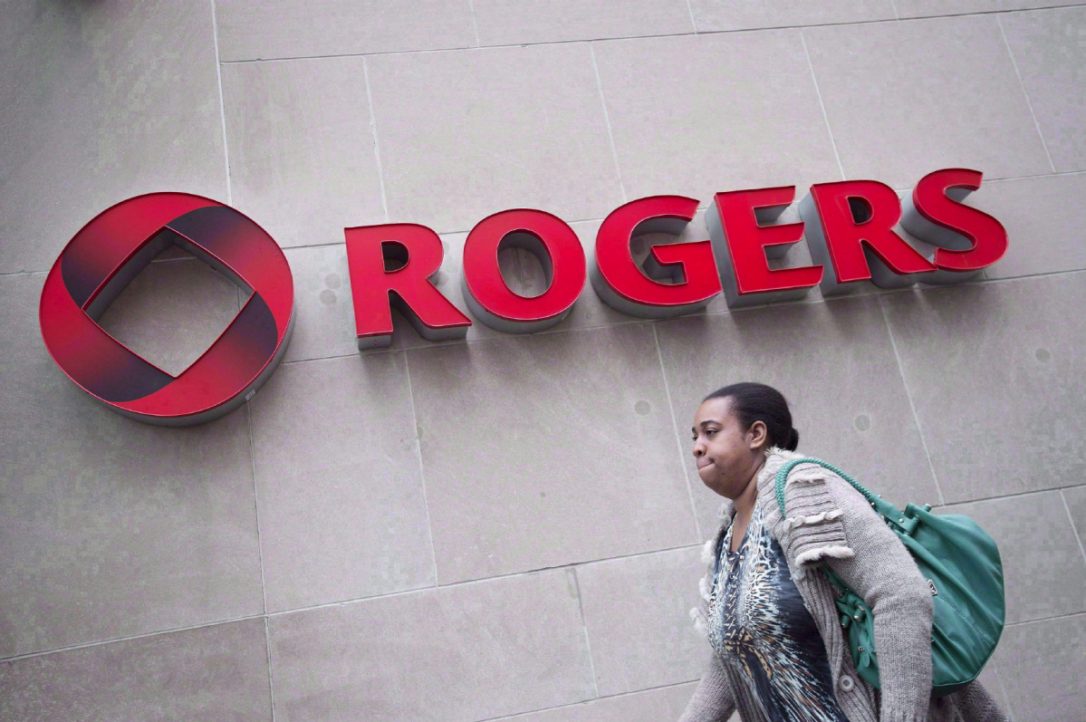Moat Wants to Change How Video ad Views are Calculated

As people watch more videos on platforms like Facebook, YouTube, Snapchat and Hulu, marketers have spent more time and money trying to reach those viewers. But gauging the success of those advertisements has been a struggle, highlighted by Facebook’s recent admission’s recent admission that it had miscalculated video viewing metrics for years.
The analytics company Moat is trying to provide a solution. While much of the debate has focused on what actually constitutes a video view, Moat is aiming to shift the argument to the quality of views across platforms with a metric called the Moat Video Score. Moat will assign video ads a number between zero and 100 in real time that will assess their performance based on how long people watch and listen to them and the percentage of “screen real estate” they occupy.
“The idea is it’s a single metric that’s universally comparable across platforms, whether you’re looking at a video site or a social site,” said Jonah Goodhart, Moat’s chief executive and co-founder. “It’s not that there’s no value to having an ad on a screen for a short period of time. We’re just saying, ‘Let’s put that on a continuum and decide what that’s worth.’ ”
A draft release from Moat that was shared with the New York Times featured praise for its new measurement system from the likes of Snap, which owns Snapchat and is preparing to go public; WPP’s GroupM ad-buying unit; brands like Unilever; and television networks. Conspicuously absent were comments from YouTube and Facebook, which allow independent measurement from Moat and stand to lose more from a system that penalizes video ads that play without sound or appear in the corner of a screen. Facebook, for example, autoplays video ads with the sound off, and YouTube videos are not always expanded to full screen on computers.
Under the new Moat system, if a person watched and listened to all of a 15-second ad while streaming a TV show in full-screen mode, that would receive a score of 100. If the person watched that same ad with the sound off, it would score a 50. But if a six-second video ad played on say, Snapchat, but the sound was off and the viewer flicked away after three seconds, it would receive a 25.
Facebook drew intense criticism from the ad industry in September when it apologized for an error in how it measured video viewership, a miscalculation that inflated how much time, on average, its users were spending watching videos. The company disclosed errors in additional metrics last week. That has increased scrutiny on how video views are measured across different platforms, particularly as Snap plans to hold an initial public offering as soon as March.
“Given all the press around Facebook recently, I think a lot of people are asking what the measurement is going to be on Snapchat, given their strategy and currency, and what they’ll do in this whole space, and I think this is the answer to that,” Goodhart said. He said Moat conducted research with Nielsen that showed screen real estate and audio and visibility duration have a positive correlation with people remembering an ad after they’ve watched it.
It is an ambitious goal to create a system that can compare video ads regardless of whether they appear in a feed on Facebook or Twitter or while streaming a TV show, and it may not work as Moat intends. The score could simply favour certain platforms over others or encourage those with lower scores to pursue actions not in the best interests of users, like autoplaying sound. It may also pressure platforms with lower scores to use other means to prove their ads lead to sales.
Joe Marchese, president of advertising products for the Fox Networks Group, said the metric is “a huge step in the right direction,” particularly for TV networks that “basically walked into a digital measurement gunfight empty-handed.”
He described an example in which a 20-second car ad shows a brand in the first two seconds, a celebrity endorsement in the middle and the price at the end. There is a vast difference between seeing the first few seconds of that ad and watching to the end, he said.
Today’s metrics around online video say “if I get you 10 million two-second impressions, that’s 20 million seconds of viewing, and that is the same thing as one million 20-second impressions,” Marchese said. “But those two things are not the same thing at all. And this is the first thing that begins to address that.”








